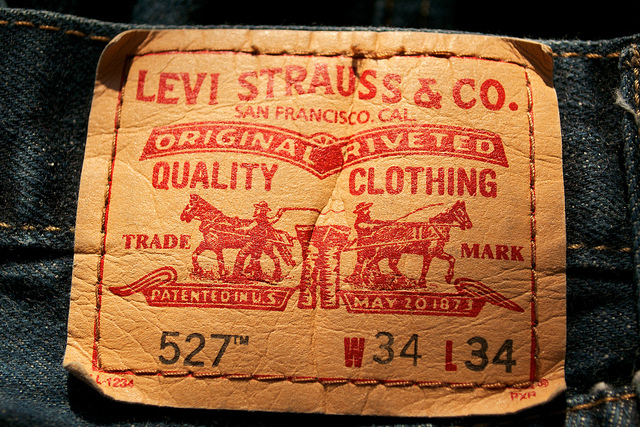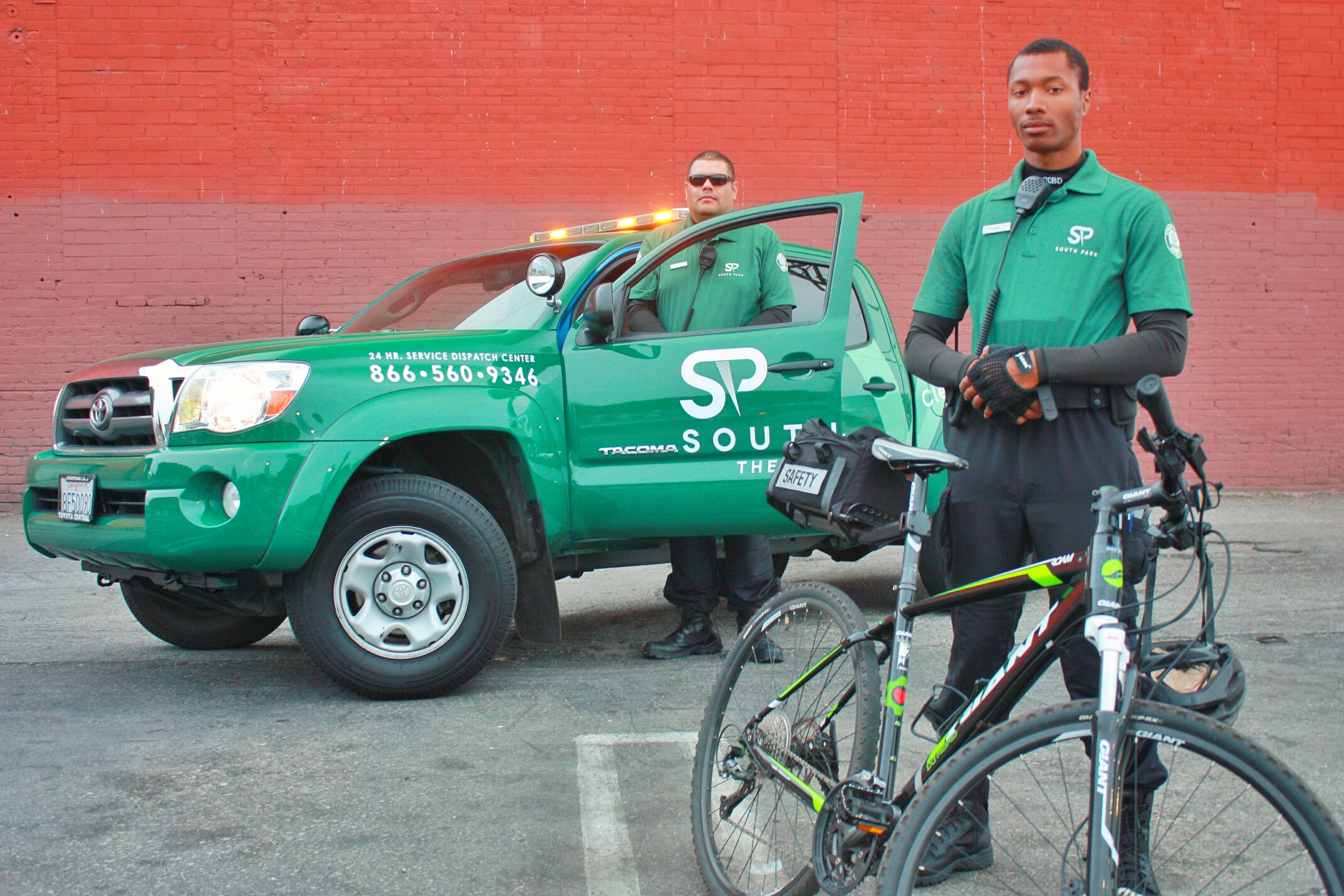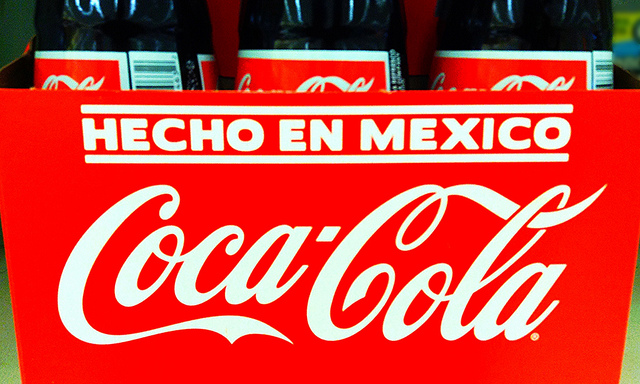10 Companies that Changed the World
7. Levi Strauss & Co.
Levi Strauss & Co. is an American clothing company known worldwide for its Levi’s brand of denim jeans. It was founded in 1853, when Levi Strauss came to San Francisco, California to open a west coast branch of his brothers’ New York based dry goods business.
The manufacturing of denim overalls began in the 1870’s, and became very popular with gold miners, lumberjacks, cowboys, and other working class men on the West Coast and in the Southwest. The company created their first pair of Levi’s 501 Jeans in the 1890’s, a style that went on to become the world’s best selling item of clothing. Levi’s jeans became popular in the eastern United States in the 1930’s, when vacationing Easterners returned home with tales and examples of the hard-wearing pants with rivets. Another boost came during the Second World War, when blue jeans were declared an essential commodity and were sold only to people engaged in defense work.
After the Second World War, Levi’s jeans changed the way young people dressed around the world. Before Levi’s, there was no specific “youth culture” in clothing. Between the 1950’s and 1980’s, Levi’s jeans became popular among a wide range of youth subcultures, including greasers, mods, rockers, and hippies. Levi’s jeans not only changed the popular culture in the way people dressed, but it also reflected the kind of music they listened to, what kind of cars they drove, and what group they associated with. From the early 1960’s through the mid-1970’s, Levi Strauss experienced significant growth in its business as the more casual look of the 1960’s and 70’s ushered in the “blue jeans craze” and served as a catalyst for the brand. The “blue jeans revolution” played its role in the student movements of the 1960’s, such as the Vietnam War protests in the US, the May 1968 events in France, and the Prague Spring in Czechoslovakia. Behind the Iron Curtain, Levi’s jeans were the most coveted western item and a cult-like symbol of freedom for at least two generations of Soviet and Eastern European youth. In many respects, it was the desire of the young people behind the Iron Curtain to travel freely, dress and look the way they wanted (preferably in blue jeans), and to be free from government oppression, which eventually brought the Berlin Wall down in 1989.



